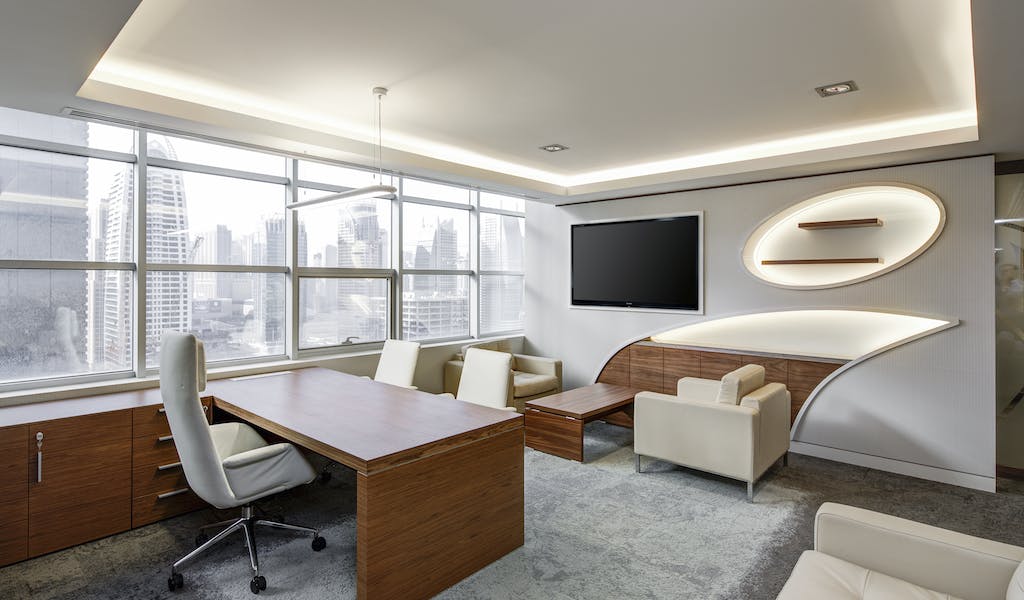Relocatable buildings are a kind of structure that is commonly used by different companies to carry out certain tasks for a short period of time. For example, in the construction sector, they are used for a variety of purposes such as housing personnel and tools or acting as site offices for engineers, project managers, and other staff members. Because these structures are used so frequently, it is critical for companies to understand how to extend their lifespan for maximum effectiveness. We will examine practical strategies for extending the lifespan of relocatable buildings in this article.
Tips for Extending the Lifespan of Relocatable Buildings
These are some practical suggestions for extending the lifespan of relocatable buildings for maximum effectiveness.
Regular cleaning
Maintaining relocatable structures’ cleanliness is essential to extending their lifespan. Debris such as dust, dirt, and other materials build up on the surfaces of any building due to its use. These pollutants can cause rust and corrosion when combined with moisture, which over time weakens the structure. By regularly cleaning the building, these materials are eliminated, preserving its structural integrity. Furthermore, consistent cleaning aids in preserving the building’s visual attractiveness, guarding against mold and mildew, avoiding clogs and drainage problems, preserving ventilation systems, and extending the life of windows and doors. Every one of these helps to extend the lifespan of the structure.
Investing in high-quality materials
Relocatable buildings such as the ones built by Smart-Space last longer because of the high-quality materials they are made of. Quality materials are engineered to endure various environmental strains including severe weather, ultraviolet light, and normal wear and tear, thereby augmenting their longevity. Furthermore, high-quality materials lower the chance of structural failures by giving the building’s structure the strength and stability it needs. Additionally, quality materials are made to withstand UV rays, moisture, mold, and mildew, all of which help shield the structure from regular environmental hazards. Purchasing high-quality materials can also extend the lifespan of relocatable structures by lowering maintenance needs, enhancing visual appeal and energy efficiency, preventing corrosion, increasing weight capacity, and being flexible and reusable for other projects.
Periodic maintenance of relocatable buildings
Maintaining relocatable buildings on a regular basis is a wise investment and a proactive approach to their long-term survival. It extends the longevity of the relocatable structures in several ways. To begin with, routine maintenance guarantees the early detection of issues. Early problem detection allows you to take action before issues become more serious, expensive, and possibly permanent. Furthermore, it allows for the implementation of preventative measures, which avert malfunctions and structural problems through steps such as tightening bolts, lubricating moving parts, and examining the structure for indications of wear and tear. Additional ways that routine maintenance can extend the life of relocatable structures are by extending the lifespan of HVAC components, maintaining structural integrity, guaranteeing safety, maximizing energy efficiency, and maintaining aesthetics.
Proper use
Every relocatable building has a maximum capacity for supporting loads. Because of this, a key tactic for extending a building’s lifespan is to ensure that its use is properly matched with its capacity. First off, by avoiding overloading, following proper usage guidelines helps prolong the lifespan of these structures. Overloading puts undue strain on a structure and can cause structural damage that shortens its lifespan. Furthermore, minimizing wear and tear is achieved by operating a building within its intended function and in compliance with the manufacturer’s specifications. In addition to providing optimal weather protection, limiting structural stress, avoiding inadequate anchoring, adhering to environmental regulations, and providing protection from harsh chemicals, proper use of the structure extends its longevity.
Conclusion:
This article has examined practical techniques for extending the lifespan of relocatable buildings. Improving the lifespan of a structure is a goal that can be achieved with rigorous attention to the requirements.

















